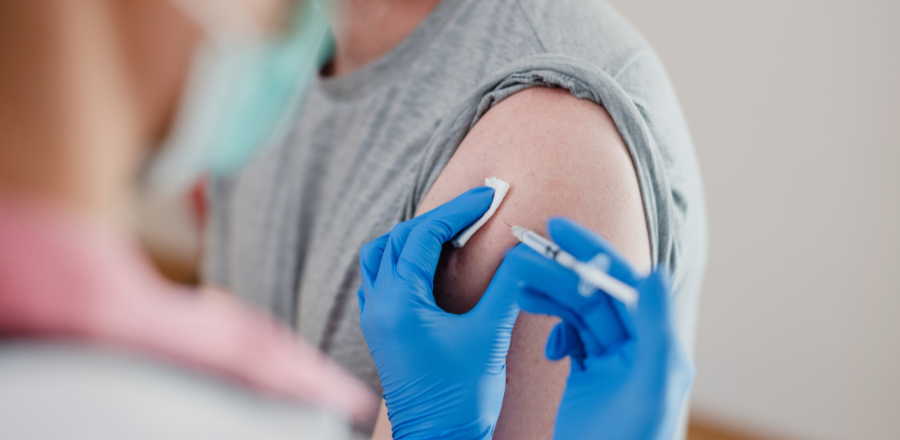In a significant breakthrough, Oxford University has announced its COVID-19 vaccine candidate, ChAdOx1 nCoV-2019, can achieve 90 per cent efficacy following Phase III trials.
Interim data show the Oxford vaccine is 70.4 per cent effective, and tests on two dose regimens – a half dose was followed by a normal dose – show that it could be 90 per cent.
Professor Andrew Pollard, the trial’s lead investigator said: “These findings show that we have an effective vaccine that will save many lives. We have a vaccine for the world.”
The Australian government has secured at least 30 million doses of the vaccine and is expecting Oxford’s pharmaceutical partner, AstraZeneca to now seek local regulatory approval.
Federal Health Minister Greg Hunt told the Herald Sun: “Subject to approval, this means that Australians are very much on track for first vaccines in March.”
Explaining why the half-dose followed by full dose regimen produced a better level of protection, Pollard said: “We think that by giving a smaller first dose we are priming the immune system differently, we are setting it up better to respond.”
Professor Pollard said it was too early to know how long coronavirus vaccines protected the recipient and whether the vaccine would have to be rolled out regularly, similar to a flu shot.
“Our goal was to make sure that we can have a vaccine that was accessible everywhere. I think we have actually managed to do that, so it’s a very exciting day today,” he said.
“This is an incredibly exciting moment for human health.”
Oxford and AstraZeneca have committed to provide the vaccine on a not-for-profit basis for the duration of the pandemic across the world, and in perpetuity to low- and middle-income countries.
The Oxford vaccine is low-cost and easily transportable as it requires only refrigeration, making it highly affordable and suitable for low resourced countries. The two other major candidates developed by drug companies Pfizer and Moderna that have showed up to 95 per cent efficacy in trials, need to be kept at extremely cold temperatures.
Key findings from the Phase III Trial
- Phase 3 interim analysis including 131 COVID-19 cases indicates that the vaccine is 70.4 per cent effective when combining data from two dosing regimens
- In the two different dose regimens vaccine efficacy was 90 per cent in one and 62 per cent in the other
- Higher efficacy regimen used a halved first dose and standard second dose
- Early indication that vaccine could reduce virus transmission from an observed reduction in asymptomatic infections
- There were no hospitalised or severe cases in anyone who received the vaccine
- Large safety database from over 24,000 volunteers from clinical trials in the UK, Brazil and South Africa, with follow up since April
- Crucially, vaccine can be easily administered in existing healthcare systems, stored at ‘fridge temperature’ (2-8 °C) and distributed using existing logistics
- Large scale manufacturing ongoing in over 10 countries to support equitable global access.

The Oxford/AstraZeneca vaccine uses a modified version of a chimpanzee common cold virus to deliver instructions to cells to fight the target virus, which is different than the new technology known as messenger RNA (mRNA) deployed by Pfizer and Moderna.








